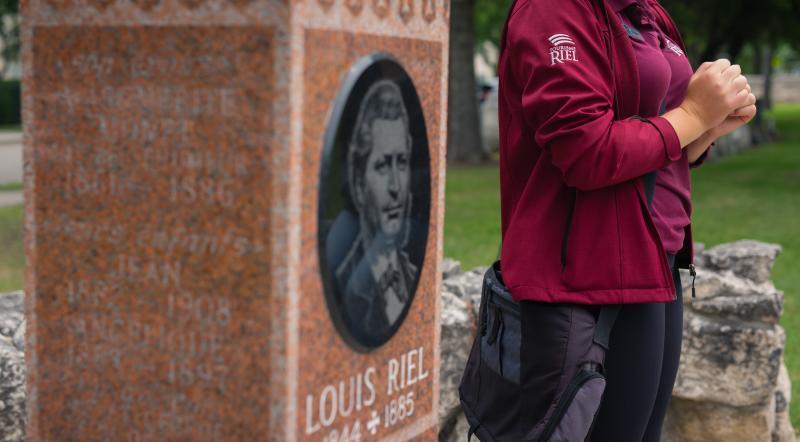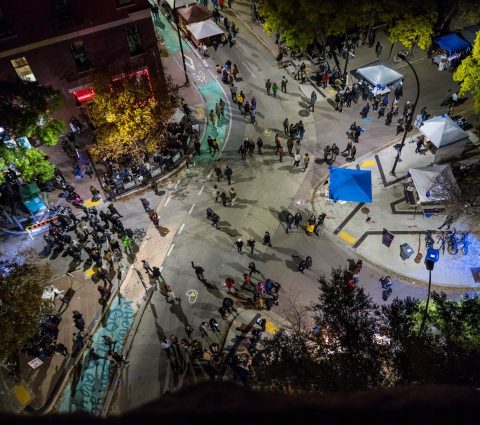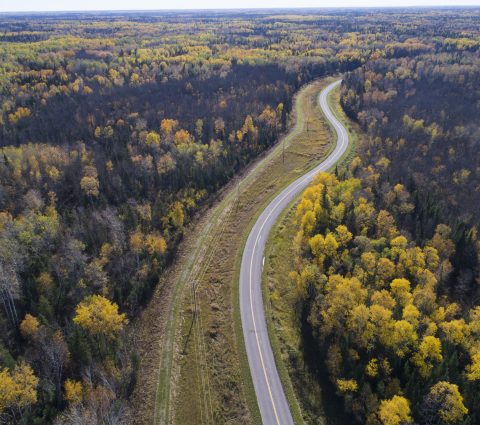- Things To Do
- Manitoba Events
- Food & Drink
-
Places To Go
- Winnipeg
- Churchill
- Eastern Region
- Central Region
- Interlake Region
- Parkland Region
- Western Region
- Manitoba North
- Must-See Destinations
-
Itineraries
- Island Getaway on the Prairies
- Adventure From Here on Out
- Wheat City Wanderings in Brandon
- Escape to the water and the wild
- St. Boniface Winter: Passion and History
- Follow the path to a story in Neepawa
- Unleash your inner Viking this winter
- Explore Clear Lake This Winter Like Never Before
- Breathe in the Whiteshell this winter
- Go North for a boreal forest escape
- Treaty Areas
- Where To Stay
- Trip Essentials
- #ExploreMB Blog
Navigation Options
- Things To Do
- Manitoba Events
- Food & Drink
-
Places To Go
- Winnipeg
- Churchill
- Eastern Region
- Central Region
- Interlake Region
- Parkland Region
- Western Region
- Manitoba North
- Must-See Destinations
-
Itineraries
- Island Getaway on the Prairies
- Adventure From Here on Out
- Wheat City Wanderings in Brandon
- Escape to the water and the wild
- St. Boniface Winter: Passion and History
- Follow the path to a story in Neepawa
- Unleash your inner Viking this winter
- Explore Clear Lake This Winter Like Never Before
- Breathe in the Whiteshell this winter
- Go North for a boreal forest escape
- Treaty Areas
- Where To Stay
- Trip Essentials
- #ExploreMB Blog
Site Maintenance
Our French website is currently being updated and some content is appearing in English instead of French. We are working to resolve this quickly. Thank you for understanding.
More Info
I've made the pilgrimage to Neepawa’s Riverside Cemetery, leading a small group of baby boomer travellers who are very fond of how prairie novels like The Stone Angel and The Diviners have shaped Canadian literature.
We are tombstone tourists, a legit niche of traveller who enjoys visiting the burial sites of influential figures that inspire and shape local history.
We scan the sea of headstones in the cemetery. We spread out, each taking a separate path. We walk respectfully around the graves, heads bowed, eyes glued to the markers.
A gentleman, who is a writer by profession, is the first to spot it. He rests his hand on the grey granite. He chokes back a quiet “hello.”
Margaret Laurence, Riverside Cemetery, Neepawa
Margaret Laurence, considered by many as the doyenne of Canadian literature, was born and raised in Neepawa in 1926. Visitors come during peak summer months to visit the Margaret Laurence House, her childhood residence-turned-museum, and pay their respects to the novelist who rose to fame in the 60s and 70s writing about the complexities of life in the fictional small town of Manawaka.
What many fans don’t realize is that Laurence – who left Neepawa at 18 and went on to live in Africa and England before settling in Lakefield in southern Ontario – is buried in her hometown cemetery, a humble marker with no major distinction, set among the Wemyss family plot.
Generations of Canadians have studied Laurence's work in high school English classes across the nation, and visiting the author’s grave site holds extra meaning to those who treasure her work. Be sure to look for the Stone Angel statue near the entrance of the cemetery, a grave marker for another local resident who inspired Laurence's award-winning book.
Louis Riel, Cathédral de Saint-Boniface, Winnipeg
The founding father of Manitoba was known for standing up to the Canadian government to ensure the interests of the Métis people of the Canadian Prairie were considered when their homeland entered Confederation. Musée St. Boniface Museum houses the largest collection of Riel’s personal artifacts; his childhood home Riel House in the St. Vital neighbourhood is a Parks Canada National Historic Site; and his handsome tombstone, adorned with a ceinture fléchée, stands stoically in the cemetery that greets visitors who arrive to photograph the facade of the St. Boniface Cathedral.
There is a well-worn path to this monument as many visitors come from across Canada to pay their respects. Tourism Riel often shares the story about a tombstone tourist they had on one of their tours of the St. Boniface neighbourhood. Legend has it that the man from Quebec held up a piece paper over the grave’s name inscription. He took out a piece of carbon and rubbed it over the stone to create a copy. With tears in his eyes, he rolled up the paper and placed it in his breast pocket, a touching gesture signifying the importance that Louis Riel has not only to Manitobans, but to all Canadians.
Chief Peguis, St. Peter Dynevor Anglican Church, East Selkirk
Off the beaten path, tucked in a bend of the mighty Red River opposite the city of Selkirk, an old stone church faces westward towards the setting sun. St. Peter Dynevor Anglican Church is a provincial heritage site and home church of Chief Peguis, the friend and benefactor to the Selkirk Settlers. Among the churchyard’s century-old headstones, a grand monument pays tribute to the Saulteux chief who, on numerous occasions during 1812-16, came to the aid of the newcomers who were unfamiliar with the land.
The signing of the Peguis Selkirk treaty in 1817 was an momentous agreement between five First Nation chiefs and Lord Selkirk that led to the development of the Red River Settlement, and eventually the city of Winnipeg. Plan a visit to the church's cemetery to read the eloquent script on Peguis’ stone. The kind words remind us today of the importance of reconciliation: “In…grateful recognition of his good offices to the early settlers.”

About The Author
Hi, I'm Jillian, a marketer, communicator, traveller and Manitoba flag waver. Growing up in rural Manitoba during the '80s means I have a penchant for daytrips, maps (the paper kind), and prairie sunsets. I never tire of sharing stories about my home.

